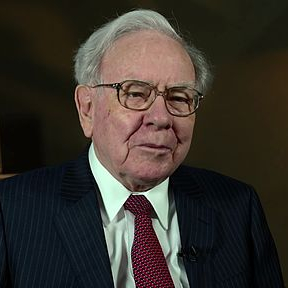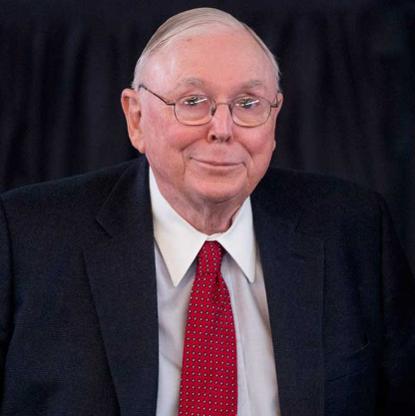
Our humble story
Berkshire Hathaway, American holding company based in Omaha, Nebraska, that serves as an investment vehicle for Warren Buffett. In the early 21st century, it was one of the largest corporations, measured by revenues, in the United States. The company was also notable for the high price of its stock (more than $250,000 for one Class A share in 2017) and the small size of its headquarters staff (about 25 people).
Berkshire Hathaway traces its history back to two Massachusetts textile firms: Hathaway Manufacturing Company (incorporated 1888) and Berkshire Cotton Manufacturing Company (incorporated 1889). Berkshire Cotton became Berkshire Fine Spinning Associates in 1929 and merged with Hathaway to form Berkshire Hathaway, Inc., in 1955. An investment group led by Buffett took full control of the company in 1965. Berkshire Hathaway liquidated its textile operations in 1985, by which time it was well-established as a holding company for Buffett’s other investments and corporate acquisitions.



